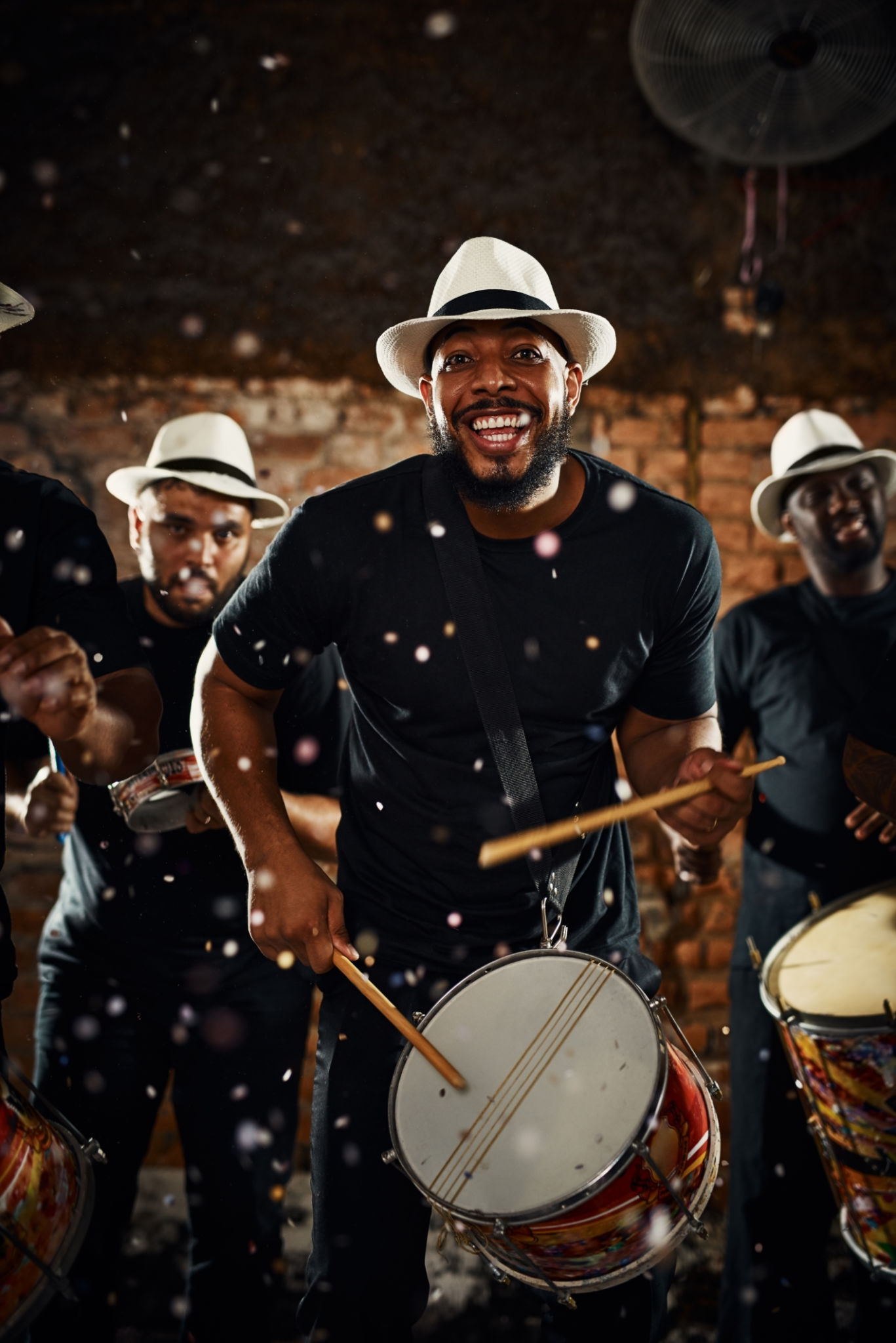Discover the Heartbeat of Africa: Exploring the Rich History of African Drumming
The Pulse of a Continent
Drumming is more than just a musical genre in Africa; it is the rhythmic heartbeat of the continent, resonating through its diverse cultures and histories. For centuries, African drumming has played a pivotal role in shaping the social and cultural landscapes, serving as a tool for communication, celebration, and storytelling. The powerful beats of African drums tell stories that transcend time and borders, offering a glimpse into the rich tapestry of African traditions.

Historical Significance of Drumming
In ancient African societies, drums were not merely instruments—they were essential tools for communication. The complex rhythms conveyed messages across vast distances, alerting tribes to important events such as community gatherings, ceremonies, or impending danger. Each beat and rhythm carried specific meanings understood by those attuned to their cultural significance. This intricate language of drumming underscores its historical importance.
The drum's role in traditional ceremonies cannot be overstated. Whether celebrating a harvest, marking the passage to adulthood, or accompanying spiritual rituals, drumming was—and still is—integral to the ceremonial life of many African communities. It provides a connection to the ancestors and the spiritual world, creating an auditory bridge between the past and present.

Variety in Drumming Styles
Africa's vastness is mirrored in the diversity of its drumming styles. From the djembe of West Africa to the ngoma drums of Central Africa, each region boasts its unique drumming traditions. These styles are often reflective of the cultural nuances and histories of the communities they originate from. The rhythms vary widely, ranging from the intricate polyrhythms of the Ewe people in Ghana to the powerful bass tones of the Zulu drums.
The craftsmanship involved in making these drums is an art form in itself. Many are handcrafted using traditional methods passed down through generations. The materials used—typically wood and animal skin—are selected with great care to produce distinct sounds that are emblematic of their cultural origins.

The Role of Drumming in Modern Africa
Today, African drumming continues to thrive, both on the continent and globally. It has found its way into modern music genres such as Afrobeat, jazz, and even pop music, influencing artists worldwide. In many African cities, drum ensembles perform publicly, keeping this vibrant tradition alive for new generations to experience and appreciate.
Moreover, drumming workshops and festivals have become popular attractions for tourists and locals alike. These events offer immersive experiences that invite participants to learn about the history and techniques of African drumming while physically engaging with the music themselves.
Drumming as a Universal Language
African drumming transcends cultural barriers, speaking a universal language that resonates with people from all walks of life. Its ability to evoke emotions and foster connections is unparalleled. Whether used for joyous celebrations or solemn rituals, the drum's voice unites communities in shared experiences and collective memories.

In exploring African drumming, one discovers more than a musical tradition; they uncover a living testament to Africa's rich history and cultural diversity. The rhythms are not merely sounds but stories etched into the fabric of time, awaiting those willing to listen to their captivating tales.
